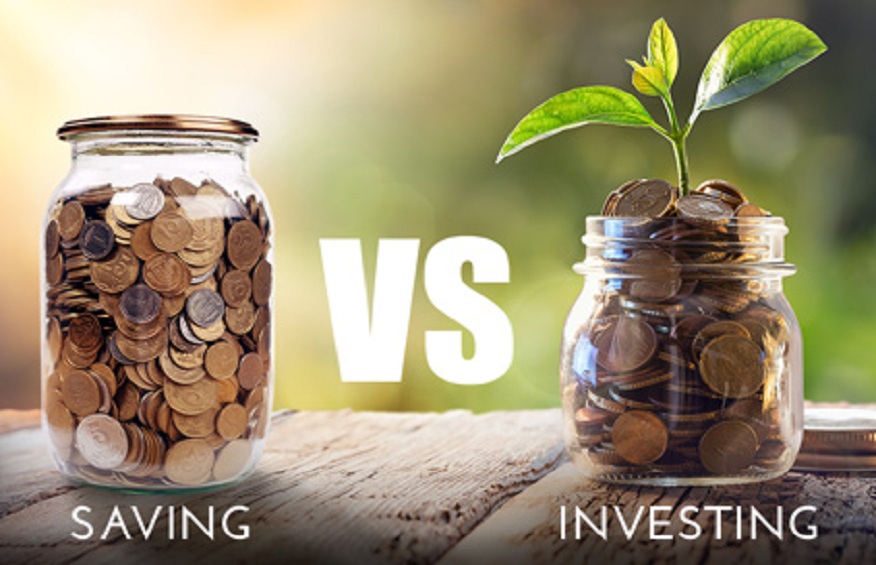Systematic Investment Plan (SIP) and Public Provident Fund (PPF) are two popular investment avenues for individuals looking for tax-saving options. While SIP allows investors to invest in mutual funds at regular intervals, PPF is a long-term investment option that comes with a lock-in period of 15 years. Both investment options have their own set of advantages and disadvantages. In this article, we will compare the two investment options to help you make an informed decision.
Risk and Return
SIP investments are market-linked, which means the returns are subject to market fluctuations. The returns are not guaranteed, and investors may incur losses if the market performs poorly. On the other hand, PPF offers a fixed rate of return, which is currently set at 7.1% per annum. The returns are not linked to market performance, making it a safer investment option. Check here for a lumpsum calculator.
Lock-in Period
SIP does not come with a lock-in period, and investors can redeem their investments at any time. This makes it a more flexible investment option for individuals who may require funds at short notice. PPF, on the other hand, comes with a lock-in period of 15 years. While investors can partially withdraw funds after the 6th year, the entire amount cannot be withdrawn until the end of the lock-in period. This makes PPF a more long-term investment option.
Tax Benefits
Both SIP and PPF offer tax benefits under Section 80C of the Income Tax Act. SIP investments in Equity Linked Savings Scheme (ELSS) funds qualify for tax benefits, with a maximum deduction of Rs. 1.5 lakh per annum. PPF investments also qualify for tax benefits, with a maximum deduction of Rs. 1.5 lakh per annum. The interest earned on PPF is also tax-free. Check here for a lumpsum calculator.
Returns
While SIP investments are market-linked, they have the potential to generate higher returns than PPF in the long run. PPF offers a fixed rate of return, which may not be able to keep up with inflation in the long term. SIP, on the other hand, offers the potential for higher returns due to the power of compounding. The returns generated by SIP investments are reinvested into the fund, which can help increase the value of the investment over time. Check here for a lumpsum calculator.
Flexibility
SIP investments offer a high degree of flexibility, as investors can choose the amount they wish to invest and the frequency of investments. This makes it easier for individuals to customize their investment plans according to their financial goals and requirements. PPF, on the other hand, has a fixed investment amount, with a minimum investment of Rs. 500 and a maximum investment of Rs. 1.5 lakh per annum. The frequency of investments is also fixed, with investors required to make a minimum of one investment per year.
Conclusion
In conclusion, both SIP and PPF offer unique advantages and disadvantages. While SIP offers the potential for higher returns and greater flexibility, PPF offers a safer and more long-term investment option. Ultimately, the investment choice will depend on individual financial goals, risk appetite, and investment horizon. Investors must carefully evaluate their options and seek professional advice before making an investment decision. Check here for a lumpsum calculator!
